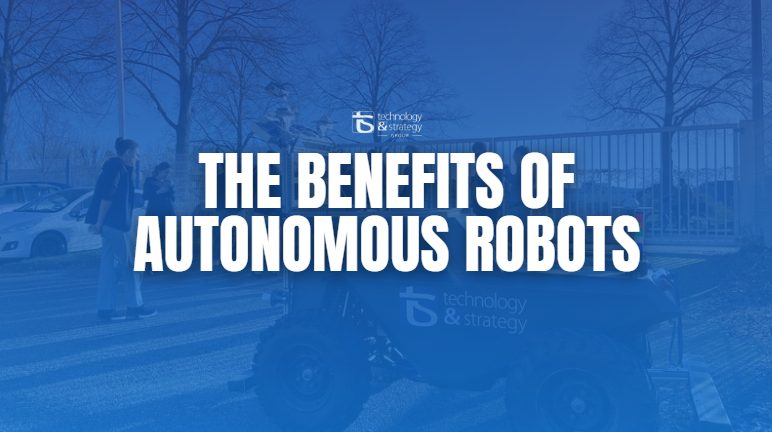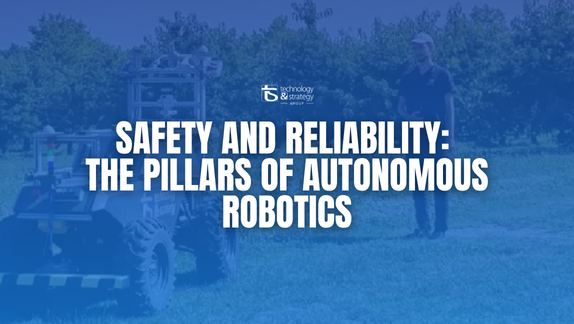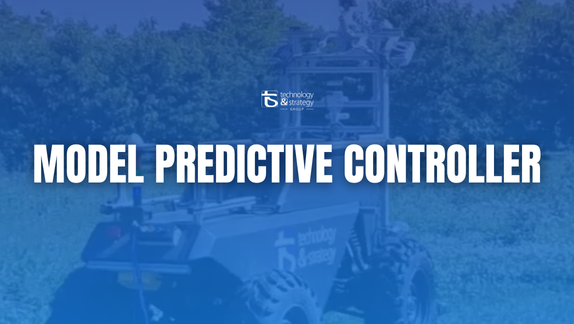In our previous articles, we explored the basics of Model-Based Systems Engineering (MBSE) and found out how this approach can change the way we design both simple and complex systems, as well as the key steps to bring MBSE into your company. If you haven't read them yet, check them out here and here. Today, we will focus on the challenges you may encounter when implementing MBSE and how to successfully overcome them.
- Resistance to change: change, even when beneficial, can meet with resistance. To overcome this difficulty, it is essential to promote and communicate clearly about your MBSE strategy, involve them in the decision-making process, and train teams for better integration.
- Lack of resources and integration into an existing toolchain: implementing MBSE can seem time-consuming and costly, especially if you want to integrate it into existing tools. However, by conducting an impact analysis and defining a clear step-by-step integration plan, it is possible to control the time and costs involved, whether material, financial, or human.
- System complexity: complex systems can be difficult to model, especially if you are applying MBSE for the first time. To simplify the task, it is important to focus on the initial elements of the system that promote consensus and test the defined strategy first. Once you have achieved initial success, it will be easier to integrate more and more complexity.
Communicate, communicate, communicate: Clearly explain your MBSE strategy to all stakeholders. Organize workshops to raise awareness among teams and involve them in the creation process to ensure greater buy-in.
- Start small: begin with a pilot project to test MBSE and measure the results.
- Use the right tools: choose tools that are suited to your needs and budget by conducting a benchmark with weighting tailored to your company.
- Train teams: invest in training your teams to enable them to master the MBSE strategy and tools.
- Don't be afraid to try: MBSE is an iterative process. It is normal to go through a mature process the first time around and then go back to optimize and better meet your needs.
Implementing Model-Based Systems Engineering (MBSE) in a company can present several challenges, but with good preparation, clear communication, and appropriate strategies, these obstacles can be overcome. By taking a methodical and iterative approach, you can fully reap the benefits of MBSE.
In our next article, we will discuss the benefits of MBSE for your company. Stay tuned to find out how this methodological approach can transform your organization and deliver concrete results. Don't miss this essential practical guide!



Discover how autonomous robots developed at Englab’s R&D Center can positively impact the environment and economy through advanced and sustainable technologies.
READ MORE
Discover how Englab's R&D Center ensures the safety and reliability of autonomous robots through advanced technologies and strict protocols.
READ MORE
Discover how Englab develops a Model Predictive Controller (MPC) enabling autonomous off-road vehicles to navigate safely in complex, unstructured terrains.
READ MORE